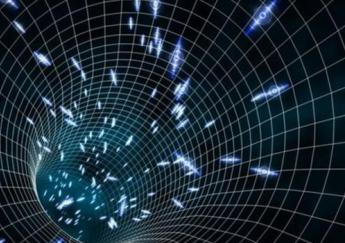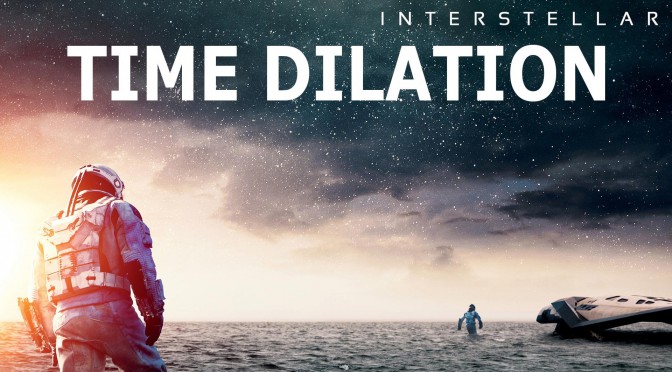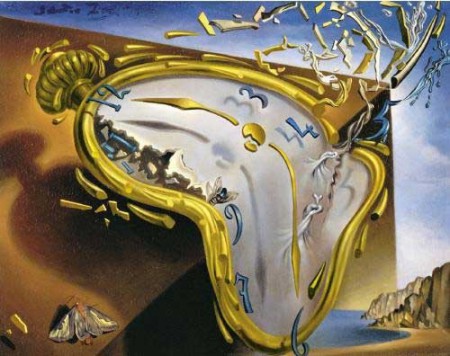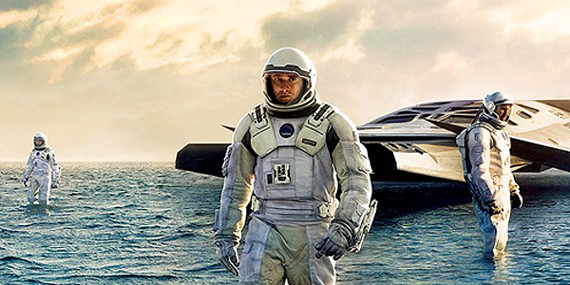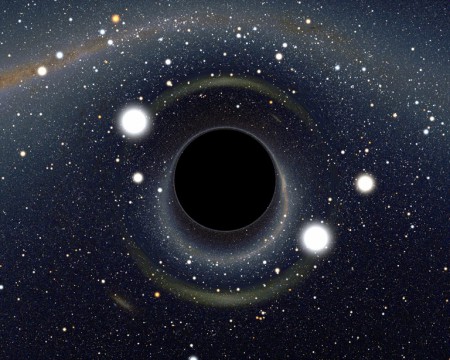Sequel of the preceding post The Warped Science of Interstellar (4/6)
In november 2014, the Hollywood blockbuster and science-fiction movie Interstellar was released on screens and much mediatic excitation arose about it.
This is the fifth of a series of 6 posts devoted to the analysis of some of the scientific aspects of the film, adapted from a paper I published last spring in Inference : International Review of Science.
TIME TRAVEL INSIDE GARGANTUA
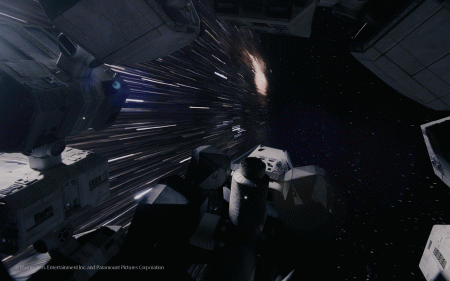
In the last part of the film, the main character, Cooper, plunges into Gargantua. There, beware the tidal forces breaking anything up ! Indeed in the Schwarzschild geometry, the tidal forces become infinite as r -> 0 ; so, even for a supermassive black hole like Gargantua, once past safely the event horizon and approaching the central singularity, everything will be ultimately destroyed. Happily for the continuation of the story, Gargantua has a high spin, and its lethal singularity has the shape of an avoidable ring. Thus the space-time structure allows Cooper to use the Kerr black hole as a wormhole ; he avoids the ring singularity and transports to another region of space-time. In the movie he ends up in a five-dimensional universe, in which he will be able to go backwards in time and communicate with his daughter by means of gravitational signals.
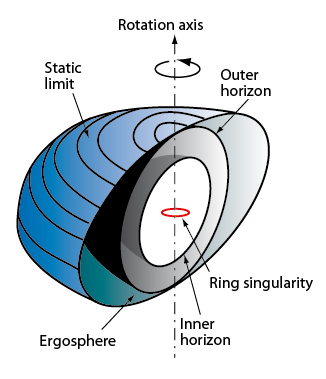
A lot of research has been done on whether the laws of physics permit travel back in time or not. Black hole physics gives interesting results but no firm answers. As seen in the post The Warped Science of Interstellar (1/6), according to Penrose-Carter diagrams a rotating black hole could connect myriads of wormholes to different parts of the space-time geometry. Since two events can differ in time as well as in space, it would be possible to pass from one given position at a given time, along a carefully chosen trajectory, through a wormhole, and arrive at the same position but at a different time, in the past or future. In other words, the black hole could be a sort of time travel machine.
Noneless a journey back through time is an affront to common sense. It is difficult to accept that a man could travel back through time and kill his grandfather before he has had the time to produce children. For the murderer could not have been born, and could not have murdered him, and so on… Such time paradoxes have been pleasantly presented in the celebrated series of movies Back to the future.
Continue reading The Warped Science of Interstellar (5/6) : Time machine and Fifth Dimension
